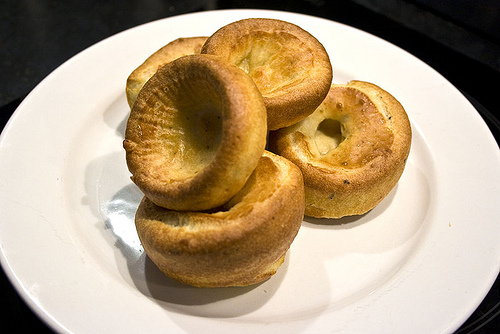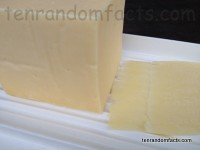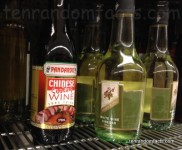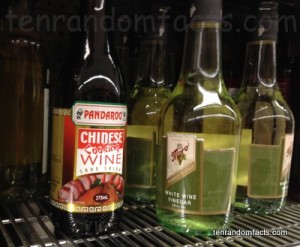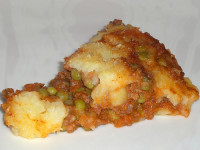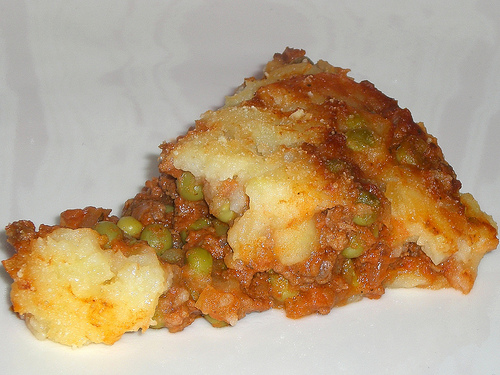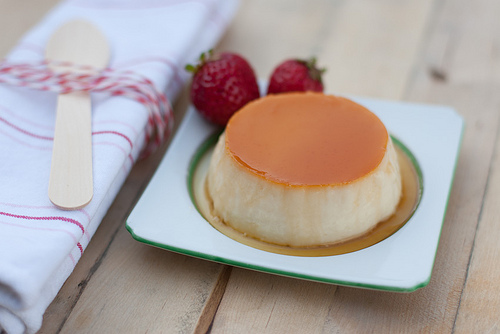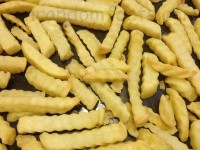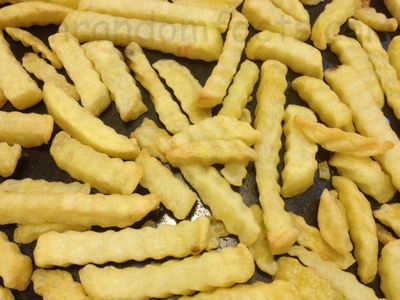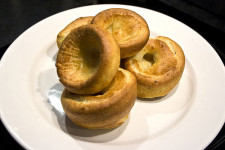
When do you enjoy a Yorkshire pudding?
- Yorkshire pudding is a flour-based culinary dish that has been commonly eaten in Great Britain in Europe.
- Yorkshire pudding is typically made of a batter of eggs, flour and a liquid, commonly milk or water, or a combination of the two, and it is traditionally cooked in fat.
- ‘Yorkshire pudding’ is a ‘batter pudding’, and it is also known as ‘dripping pudding’ due to it being originally cooked in dripping, a fat from meat, and it is believed to have originated in northern England.
- Most often, Yorkshire puddings are served as a side with a main meal of roast beef, or other roasted meat, although they can be served as an entrée, a main meal in themselves, or even dessert.
- There is evidence of a recipe of a Yorkshire pudding that was published in 1737, in the book The Whole Duty of a Woman, and it is one of the earliest known written records of the pudding.
Yorkshire Puddings
Image courtesy of Sam Greenhalgh/Flickr
- Yorkshire puddings are often tall and have a puffy texture, while the early versions where quite flat in comparison.
- Hannah Glasse, who wrote the book The Art of Cookery made Plain and Easy in 1747, recorded her own version of the Yorkshire pudding.
- Gravy or other sauces, especially those made for meat or from meat juices, are commonly eaten with Yorkshire pudding.
- Yorkshire pudding varies in size and shape, although it commonly has a somewhat sunken middle and is often cooked in the oven in small tins for individual serves, that have sides to increase the height of the pudding.
- Many peasant families ate Yorkshire pudding as the main meal due to its inexpensive nature, and it was usually served with a sauce, often a gravy made from roast meat.
Bibliography:
Challis C, The History of Yorkshire Pudding, 2015, BT, https://home.bt.com/lifestyle/the-history-of-the-yorkshire-pudding-11363958395461
Yorkshire Pudding, 2015, Wikipedia, https://en.wikipedia.org/wiki/Yorkshire_pudding
The Yorkshire Pudding- Where Did It All Begin?, 2014, Yorkshire Pudd, http://www.yorkshirepudd.co.uk/yorkshire-pudding-history/





